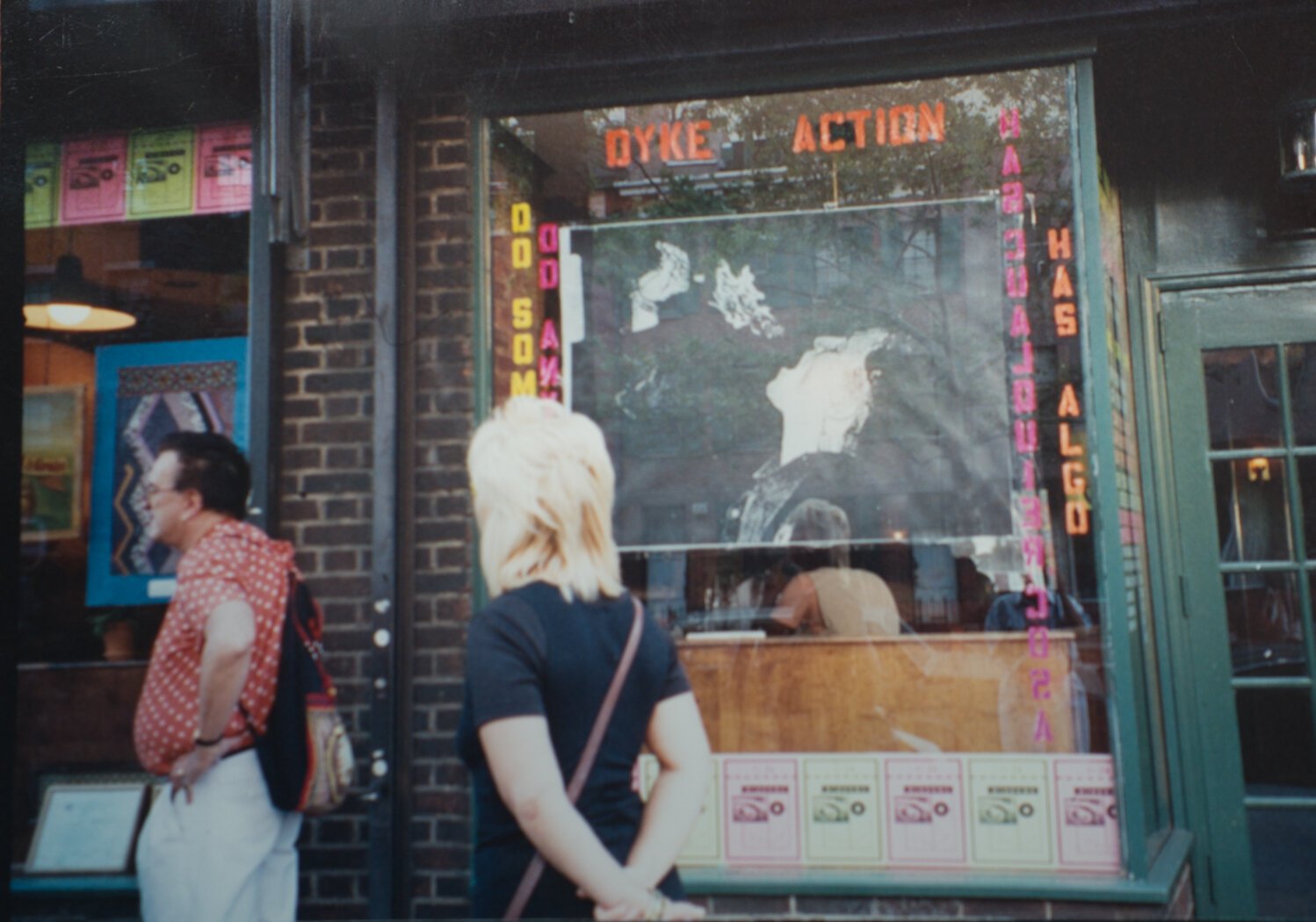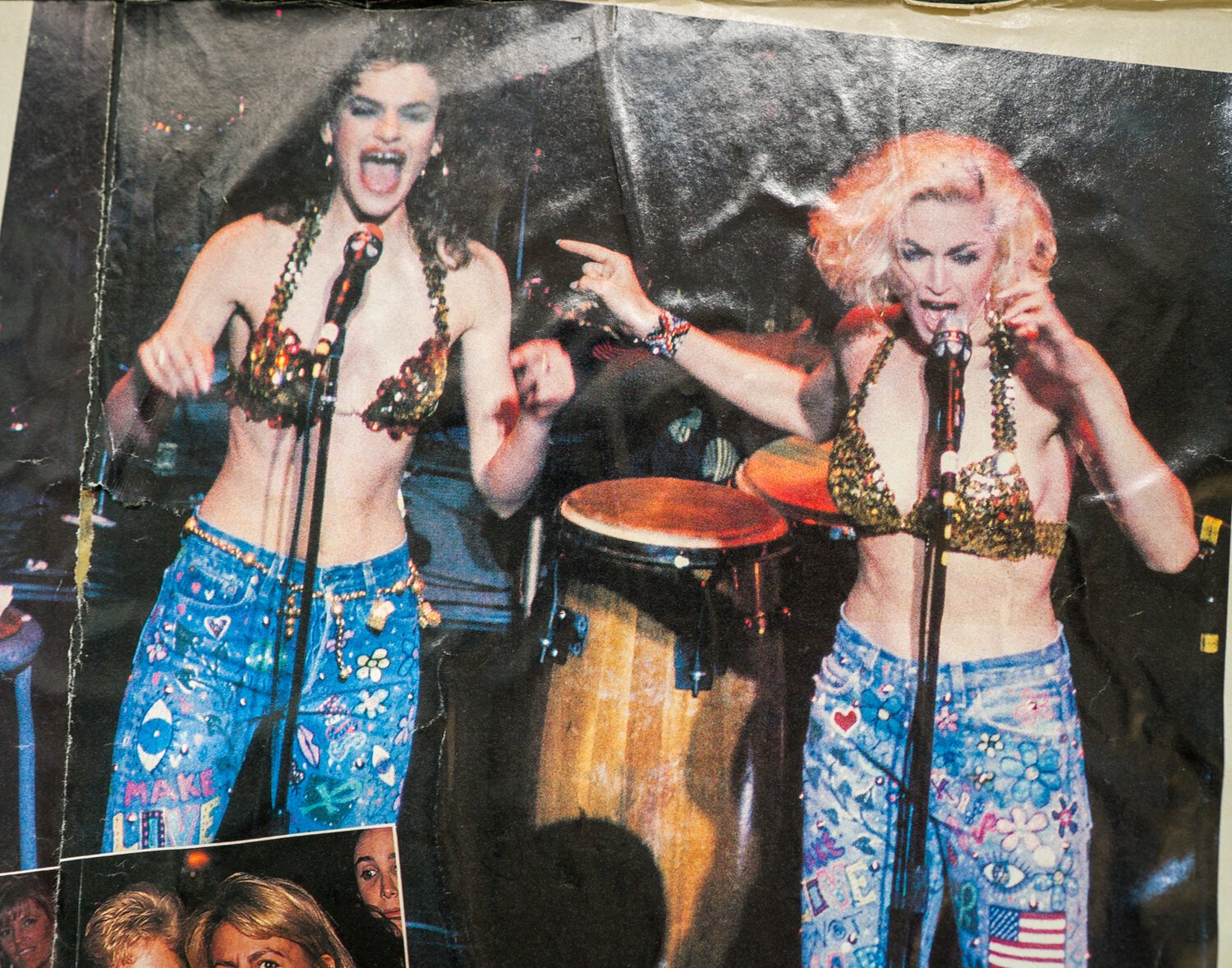Saving Sapphic Spaces: The Lesbian Bar Project
The lesbian bar scene has a rich history that has shaped the LGBTQ+ community over decades, but these sapphic spaces are in trouble. Less than 25 lesbian bars remain in the United States today, compared to the estimated 200 that flourished in the 1980s. The existing bars can be found across 15 states, from bustling cities in California and New York to urban areas of Oklahoma and Wisconsin. Gay bars generally cultivate an inclusive and safe atmosphere for the queer community and allies alike.
Image Courtesy: Henrietta Hudson
The concept of a gay bar is to create an environment that affirms all people, no matter their identity. Still, many largely cater to cisgender gay men. Of course, there is always power in acceptance for all members of the queer community, but women and feminine presenting people have historically endured the negative attributes of being a marginalized gender. The Lesbian Bar Project, created by Elina Street and Erica Rose, is a film and initiative designed to bring awareness to the diminishing lesbian bars and uplift those still in business. Their message highlights these marginalized genders, including women, non-binary, and transgender people. The project emphasizes the fact that lesbian bars are for humans in general, and so is the label itself.
The extinction of these bars did not happen out of the blue but rather over the course of decades and at the hands of more significant issues. The COVID-19 pandemic was the catalyst for the closure of many restaurants and bars across the nation, but the limited number of gay bars was hit the hardest. Not to mention lesbian bars run by women have faced financial insecurity and been denied support from institutions such as banks for years.
Image Courtesy: Henrietta Hudson
Of the few lesbian bars that remain, Henrietta Hudson, located in New York City by the Hudson River, was built from the ground up by lesbian women determined to cultivate welcoming spaces and engage the locals within the community. Henrietta Hudson is the longest-standing lesbian bar in the nation, with over 30 years of service and engagement, allowing everyone to dine and dance freely.
Nobody’s Darling in Chicago, Illinois, breaks barriers as one of two Black-owned gay bars in the United States. The lounge instills power in both the Black and queer communities, which often intersect, by naming cocktails after famous figures such as the “Eartha Kitty,” after Eartha Kitt, and “Frida Pisco Sour,” after Frida Kahlo. Acknowledging the efforts of Black women and intersectionality as a whole when it comes to LGBTQ+ rights and the creation of safe spaces in the community is of utmost importance.
The term lesbian is an empowering identifier used to describe individual orientation and relationships between women. Although lesbian bars have historically been called “dyke bars,” the slur has been reclaimed over time by sapphic women in the community who have redefined its harmful nature.
Lesbian media is becoming more mainstream than ever, with “The L Word” watch parties and hype around Billboard Hot 100 singers like Fletcher. Yet somehow, lesbian-specific spaces are diminishing. The impact of losing these queer spaces is not taken lightly by those within the community. Supporting these clubs and bars can be achieved by buying from their merchandise shops, donating to initiatives, and simply showing up. The future of sapphic spaces lies in the preservation of bars that have long since established strength, power, and pride in being a lesbian.
Strike Out,
Matilda Pollard
Boca Raton
Matilda Pollard is a Content Writer for Strike Magazine Boca. She is a proud Pisces who loves all things creative. Her hobbies include trying new foods and watching classic rom-coms. You can reach her at mpollard280@gmail.com


